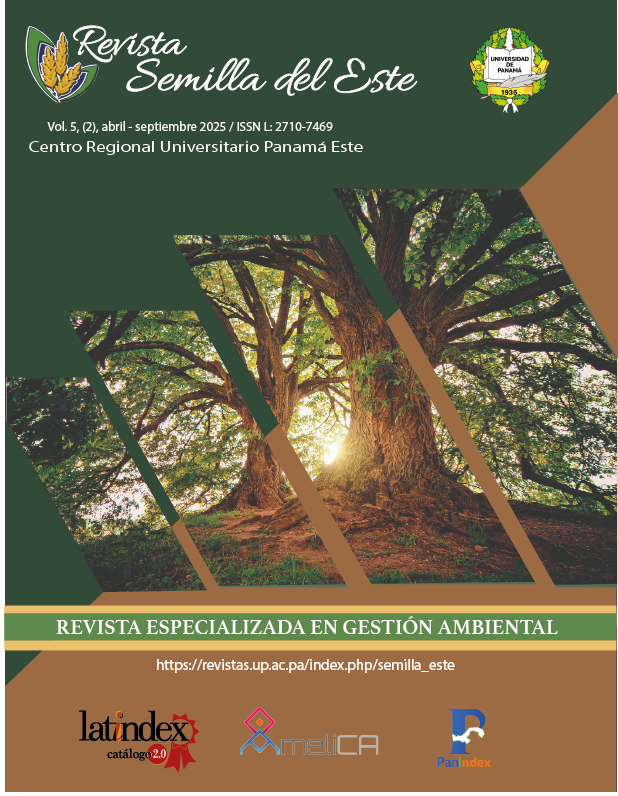

Copyright (c) 2025 Revista Semilla del Este

This work is licensed under a Creative Commons Attribution-NonCommercial-ShareAlike 4.0 International License.
Antibiotic resistance genes (ARGs) represent a global concern, especially in agricultural soils, where they act as reservoirs that facilitate the spread of antimicrobial resistance. This review article explores the main sources, such as organic fertilizers, inorganic fertilizers, and wastewater, as well as the mechanisms of dissemination, with emphasis on horizontal gene transfer and mobile genetic elements. In addition, the efforts of developed countries such as China and the United States to understand this problem are examined, highlighting the interaction between GRAs, agricultural soils and crops, which could impact public health by transferring resistance to food. Given the limited information available on this topic in regions such as Latin and Central America, the need for research in underexplored countries such as Panama, where agriculture is crucial for the economy and food security, is highlighted. The purpose of this review is to encourage future studies that delve deeper into the relationship between GRAs and agricultural practices, contributing to a better understanding of their impact in regions where agriculture is fundamental to the economy and food security.